Description
Latin Name : Symphytum Officinale L.
Origin Country: Poland
Comfrey is an herb known since antiquity. In ancient times in England the plant was called “knitbone” which means “binds bones” because of its traditional use for the treatment of fractures. You can use comfrey as a tea or externally as a poultice, compress or ointment.
– Arthritis and Osteoarthritis: Comfrey is one of the best-known healing herbs of all times. Comfrey relieves pain and inflammation caused by injuries and degeneration, especially the symptoms of rheumatoid arthritis and osteoarthritis.
Comfrey is an herb known since antiquity. In ancient times in England the plant was called “knitbone” which means “binds bones” because of its traditional use for the treatment of fractures. You can use comfrey as a tea or externally as a poultice, compress or ointment.
– Arthritis and Osteoarthritis: Comfrey relieves pain and inflammation caused by injuries and degeneration, especially the symptoms of rheumatoid arthritis and osteoarthritis.
– Digestive Aid: Comfrey tea is recommended as a remedy for gastrointestinal problems, such as heartburn and indigestion, as early as the first century. Comfrey tea may sooth your digestive tract, preventing abdominal discomfort and heartburn.It is also suitable in diarrhea, in dysentery, in spastic colitis.
– Wound Healing: It can be helpful in healing burns, bed sores and rashes. Comfrey may help speed the healing of minor skin wounds because comfrey roots and leaves contain a chemical compound called allantoin that may stimulate the growth of new skin cells.
– Bruising and Bleeding : Comfrey can reduce the appearance and speed the healing of bruises. It may also help reduce bleeding from skin wounds, and may help stop nosebleeds. Comfrey leaves and roots contain tannins, which have an astringent effect on blood vessels. These tannins are the components of comfrey responsible for bleeding control. It is suitable in bleeding of the stomach, nose, intestine, uterus, but also in hemoptysis.



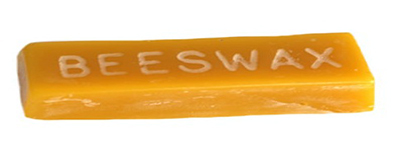

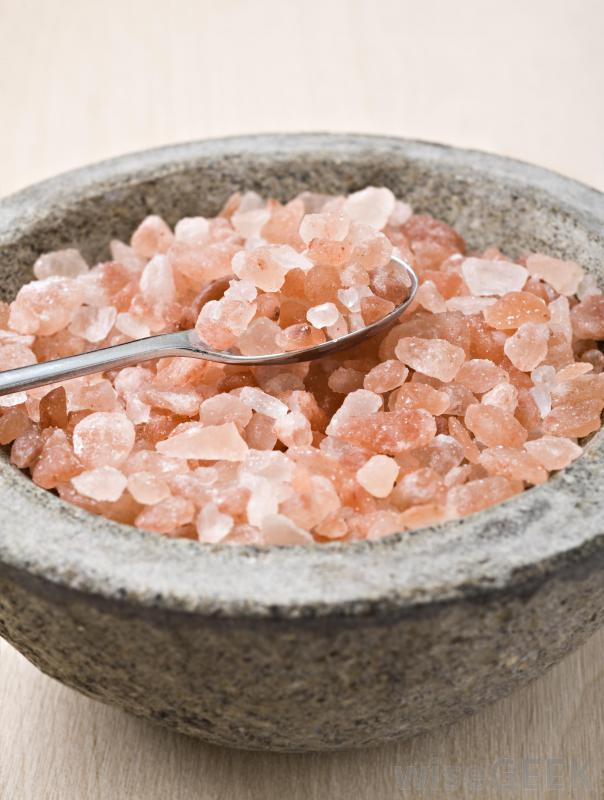
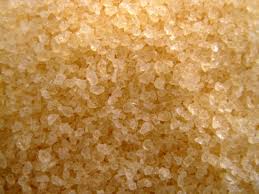



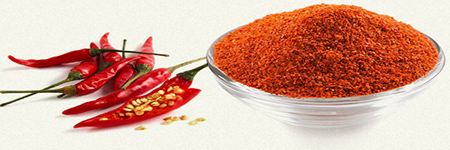
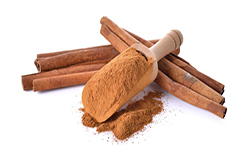
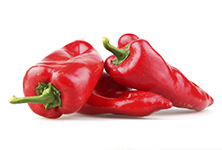
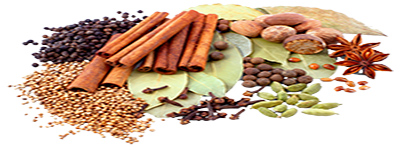




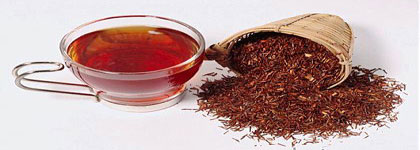



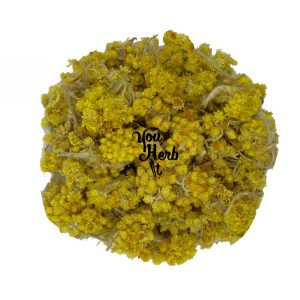

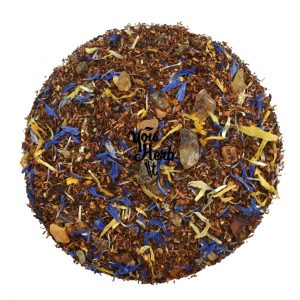
Reviews
There are no reviews yet.